Press Release: Veritas Press C.I.C. Author: Kamran Faqir Article Date Published: 22 Aug 2025 at 15:47 GMT Category: Middle East | Palestine-Gaza | US-Israel At War Source(s): Veritas Press C.I.C. | Multi News Agencies
Historic Declaration:
For the first time in the Middle East, famine has been formally declared in Gaza by the UN-backed Integrated Food Security Phase Classification (IPC). The declaration, issued Friday, applies to Gaza City and surrounding towns, home to more than 514,000 people, nearly one quarter of the Strip’s population.
The IPC, a global coalition of humanitarian groups and UN agencies, said Gaza had crossed all famine thresholds: mass hunger, severe child malnutrition, and rising daily deaths. “Over half a million people in the Gaza Strip are facing catastrophic conditions, starvation, destitution and death,” the report read.
Unless conditions change, famine is projected to spread south to Deir al‑Balah and Khan Younis by late September.
‘Entirely Man-Made’:
“This famine is the direct result of actions taken by the Israeli government,” said UN human rights chief Volker Türk. “It is a war crime to use starvation as a method of warfare, and the resulting deaths may also amount to the war crime of wilful killing.”
Humanitarian leaders agree. “Children have been starved in plain sight,” said Save the Children’s Inger Ashing. “This is entirely man-made.”
Islamic Relief called the declaration a “shameful global failure,” accusing world leaders of ignoring repeated warnings. “Never before has a famine, the most extreme and rarest form of starvation, been so widely predicted and so easily preventable,” the group said.
On The Ground:
Doctors in Gaza describe infants wasted to “skin and bone.” A paediatrician in Khan Younis told reporters: “We admit babies at two kilos at three months, too weak to cry. Our stock of therapeutic milk is almost gone.”
Families speak of impossible choices. Heba al‑Aqra, a young mother in Gaza City, said: “I can’t make milk when I’m hungry. My baby cries all night. We line up for aid that never reaches our street.”
Health authorities say more than 270 people, including at least 112 children, have already died of malnutrition since October 2023. The UN warns that 132,000 children under five could face acute malnutrition by 2026, with 41,000 at immediate risk of death.
Aid Blockade And A Militarised System:
Since March, Gaza’s food system has been strangled by border closures and a near-total blockade. Israel eased restrictions in late May, but almost all aid now flows through the US- and Israel-backed Gaza Humanitarian Foundation (GHF). The UN and Red Cross have refused to cooperate, citing breaches of neutrality.
Aid workers say the new system has worsened access. Convoys are channelled to a few militarised hubs, often far from the hungriest areas. “We stopped seeing UN trucks at neighbourhood points,” said a nurse in Gaza City. “People risk their lives crossing battle lines to reach the hubs. Some don’t come back.”
Gaza’s health ministry says over 2,000 Palestinians have been killed while seeking food near these sites.
Israel’s Denial:
Israel flatly rejects the famine declaration. “There is no famine in Gaza,” the foreign ministry said, calling the IPC findings “Hamas lies laundered through organisations with vested interests.” Officials claim more than 100,000 trucks of aid have entered since October, causing food prices to fall in some markets.
However, aid agencies argue that market prices hold little significance when families lack access to money, safe food, or therapeutic nutrition. “You can’t airdrop your way out of a famine,” said Cindy McCain, executive director of the World Food Programme. “You need trucks, corridors, time and trust.”
Legal And Moral Stakes:
The use of starvation as a weapon of war is banned under international law. Rights groups argue that Gaza’s famine is a textbook case of a man-made disaster. Türk has warned that deaths from deliberate hunger may amount to “wilful killing”, a war crime.
Philippe Lazzarini, head of UNRWA, the UN agency for Palestinian refugees, was blunt: “This is starvation by design. The famine can still be stopped, but only with a ceasefire and unfettered humanitarian access.”
What Next?
Humanitarian experts say the response must include:
- A ceasefire window long enough to restore food distributions and clinical care.
- Mass delivery of therapeutic foods, safe water, and medical supplies.
- Decentralised aid networks trusted by communities, not only militarised hubs.
- Transparent reporting on aid flows, independently verified.
In Summary:
The IPC’s famine declaration in Gaza is more than a humanitarian milestone, it is an indictment. The evidence shows this is not a tragic accident of war or nature but the outcome of deliberate policies: border closures that strangled food supplies, a militarised aid system that blocked community networks, and a campaign that turned hunger into a weapon. Hospitals are filled with skeletal children; parents bury babies who never tasted solid food. Meanwhile, officials in Jerusalem and allied capitals dismiss the evidence as propaganda.
International law is clear: starvation of civilians is a war crime. The famine unfolding in Gaza was widely predicted, repeatedly warned against, and entirely preventable. That it was allowed to happen represents a collapse of political courage as much as a collapse of food systems. The culpability lies not only with those who imposed the siege, but with global powers that looked away, debated semantics, and allowed bureaucracy to trump human life.
Israeli policies, increasingly authoritarian and openly fascist in their application, are not operating in isolation. They are shielded and sustained by Western media narratives and political frameworks that rationalise, excuse, or actively support these crimes. In doing so, these governments and outlets have made themselves partners in the erasure of an entire people.
This famine is not collateral damage; it is a tactic, designed to erase the Palestinians, to break their society through starvation and displacement. It is a project of annihilation carried out in real time under the eyes of the world. It is both a humanitarian emergency and a test of international will. As one Gaza mother put it, “My son asks if bread is coming today. I tell him maybe tomorrow. It’s been three weeks.”
This famine is the litmus test of our time. To stop it requires more than aid trucks and aerial drops; it demands accountability, ceasefire, and an end to the weaponisation of hunger. Anything less will mean that Gaza’s starving children become not only victims of a war, but symbols of a world order that failed them in plain sight.


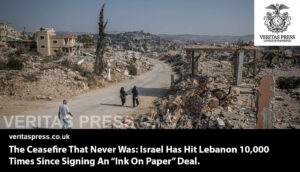





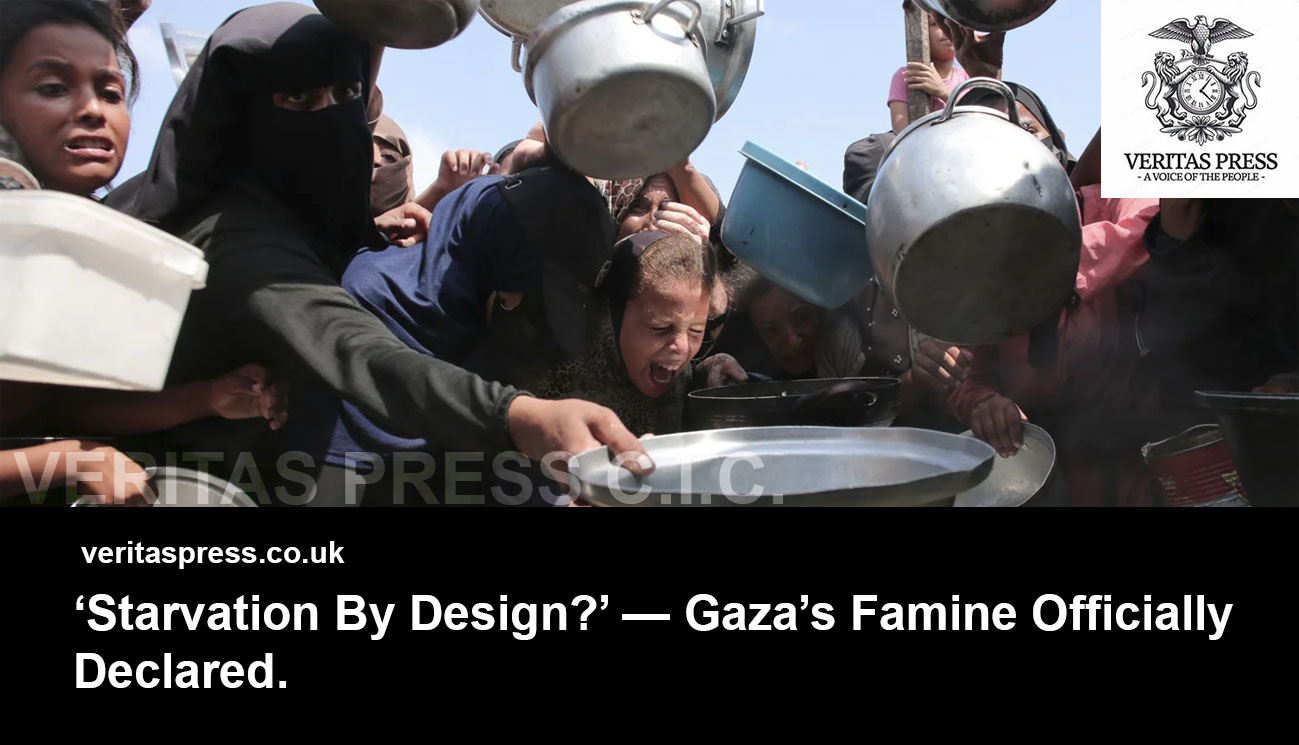
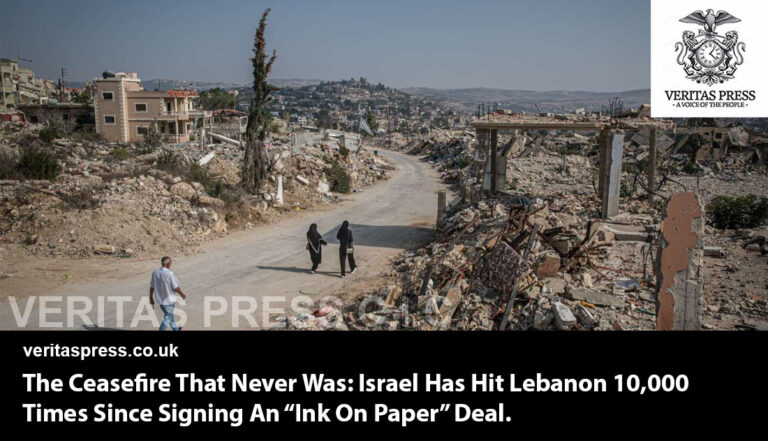





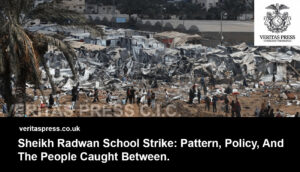


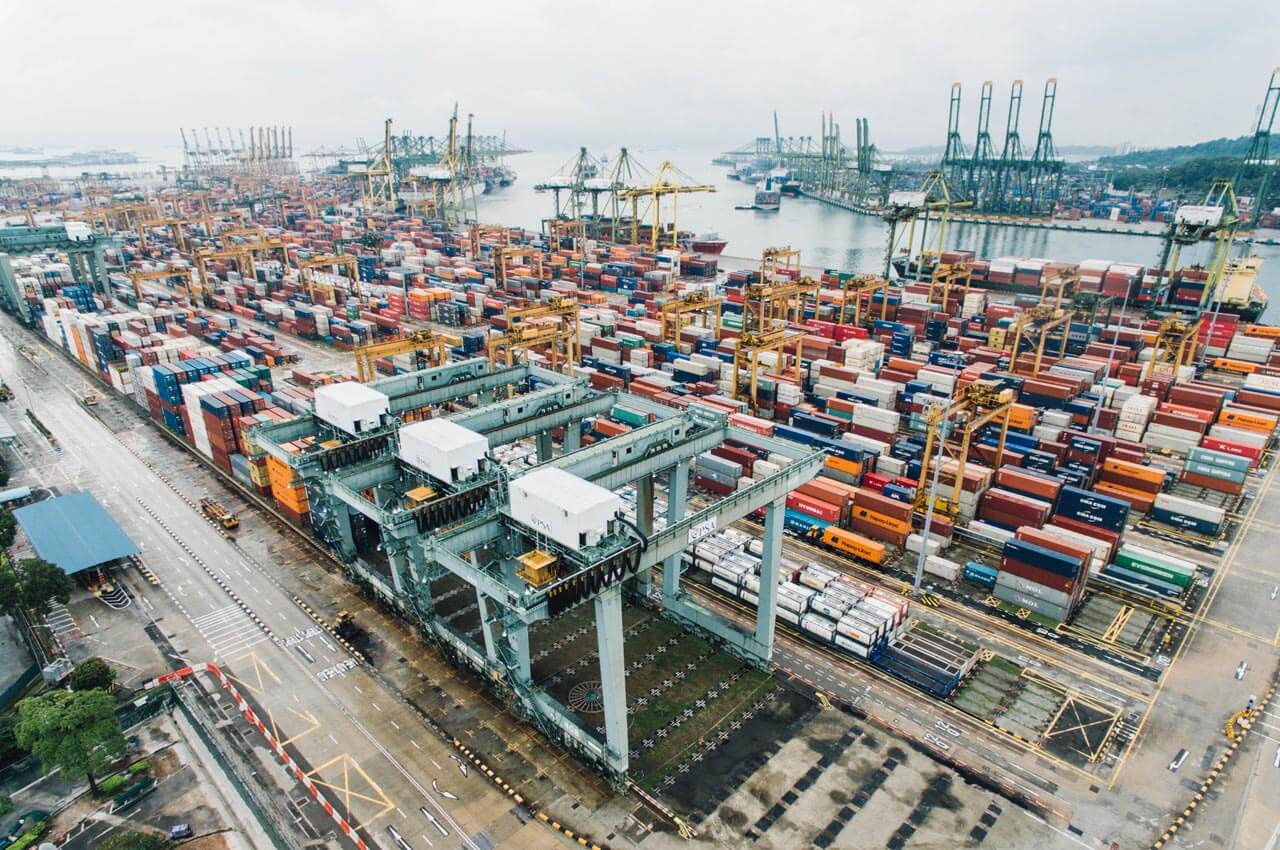








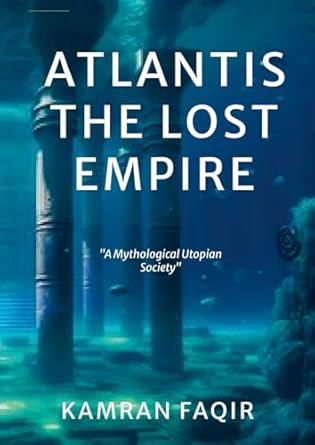
Leave a Reply